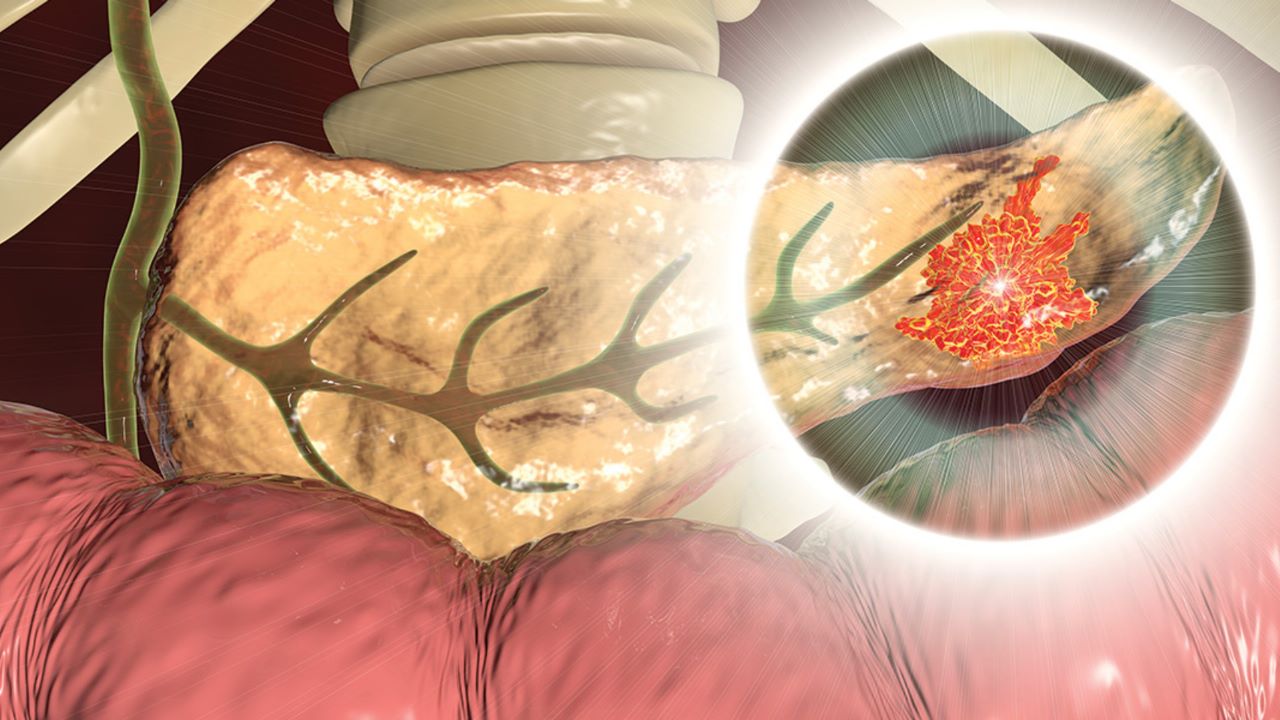Robotic Pancreas Surgery
The Whipple procedure and other surgeries are only available to about 20% of pancreatic cancer patients. Patients with tumors confined to the head of the pancreas that hasn't spread to nearby major blood vessels, the liver, lungs, or the abdominal cavity are considered in this category. Identifying potential candidates for the Whipple procedure usually necessitates extensive testing.
For the 40% of newly diagnosed patients whose cancers have expanded (metastasized) beyond the pancreas, the Whipple treatment isn't an option. Only a small percentage of patients with a locally advanced illness that has migrated to nearby sites such as the superior mesenteric vein and artery, or those whose tumors have gone to the body or tail of the pancreas, are candidates for this procedure.
Robotic pancreas surgery is a minimally invasive form of surgery that can be performed on highly select patients. It reduces some of the discomfort associated with a standard open operation. Don't worry, robotic surgery is performed by surgeons, not robots! The surgeons use the operative robot as an instrument that allows them to make smaller incisions and to cut and suture at angles not possible with human hands. The surgery is typically performed using 3 or 4 half-inch or one-inch incisions, sparing patients a large incision. Fine surgical instruments controlled using a surgical "robot" are used to remove the tumor. As described below, robotic surgery has largely replaced laparoscopic surgery.
WHO IS A CANDIDATE FOR ROBOTIC PANCREAS SURGERY?
Robotic surgery is ideal for tumors of the pancreas tail and Larger tumors of any part of the pancreas for which an open operation is required can be started laparoscopically to look for cancer spread before making the large incision - sometimes sparing patients the large incision at a time when comfort is the goal.
BENEFITS OF ROBOTIC PANCREAS SURGERY
- Less pain
- Often shorter hospitalization
- Lower rates of blood transfusion
- Quicker return to activity and work
- Lower rates of wound infections and other complications
- Lower rates of subsequent hernia development
- Minimal scaring


